As the Trump administration continues to escalate its global tariff campaign, American importers who previously diversified production away from China now find themselves grappling with new obstacles and few clear alternatives, the New York Times reports.
Jacob Rothman, a longtime manufacturing executive, exemplifies the disruption. Having built Velong Enterprises—his kitchenware company—over two decades in China, Rothman began diversifying production years ago in anticipation of rising US-China tensions. He established operations in Vietnam, India, and Cambodia, believing this geographic spread would shield his business from future trade shocks.
“I thought I was really ahead of the game,” Rothman said in an interview last week.
But the administration’s sweeping new round of tariffs—some reaching up to 125% on Chinese goods and significant levies on imports from countries like Vietnam (46%), Cambodia (49%), and India (27%)—has upended his strategy.
“It’s apocalyptic,” he said. “People don’t know what to do next.”
While President Trump’s latest decision paused many of the tariffs on countries other than China, the move has done little to reassure businesses. Many importers now fear that the pause could be temporary, and that Southeast Asia may soon face further penalties, particularly given administration rhetoric linking the region to Chinese supply chains.
For companies like Apple, Nike, Walmart, and Samsung, which have shifted portions of their production to other countries to avoid China-specific duties, the new tariffs disrupt long-term planning. What once seemed like prudent diversification now appears risky.
“Supply chains require long-term planning that is nearly impossible in the current environment,” said Ryan Petersen, CEO of global logistics firm Flexport.
Rothman’s experience illustrates the broader unease. Just weeks ago, his company promoted its globally distributed production model as a “safe” alternative. But following the announcement of fresh tariffs, major customers have delayed orders—including a $5 million contract—and some are holding off on shipping goods from his warehouses, waiting for clarity.
The unpredictability is already having a tangible impact. Rothman expects a 30% slowdown in business over the next six months.
Beyond short-term disruptions, the administration’s approach raises long-term strategic questions. Though one aim of the tariffs is to encourage more domestic manufacturing, Rothman is skeptical. He is considering building a factory in the US—possibly in Mississippi, Utah, or Pennsylvania—but sees serious challenges: tariffs on machinery and equipment needed to start production, potential labor shortages due to immigration policy, and the sheer cost of building in an environment where trade policy can shift dramatically every four years.
“We elect presidents every four years,” he noted. “Factories take at least that long to recover the costs of building.”
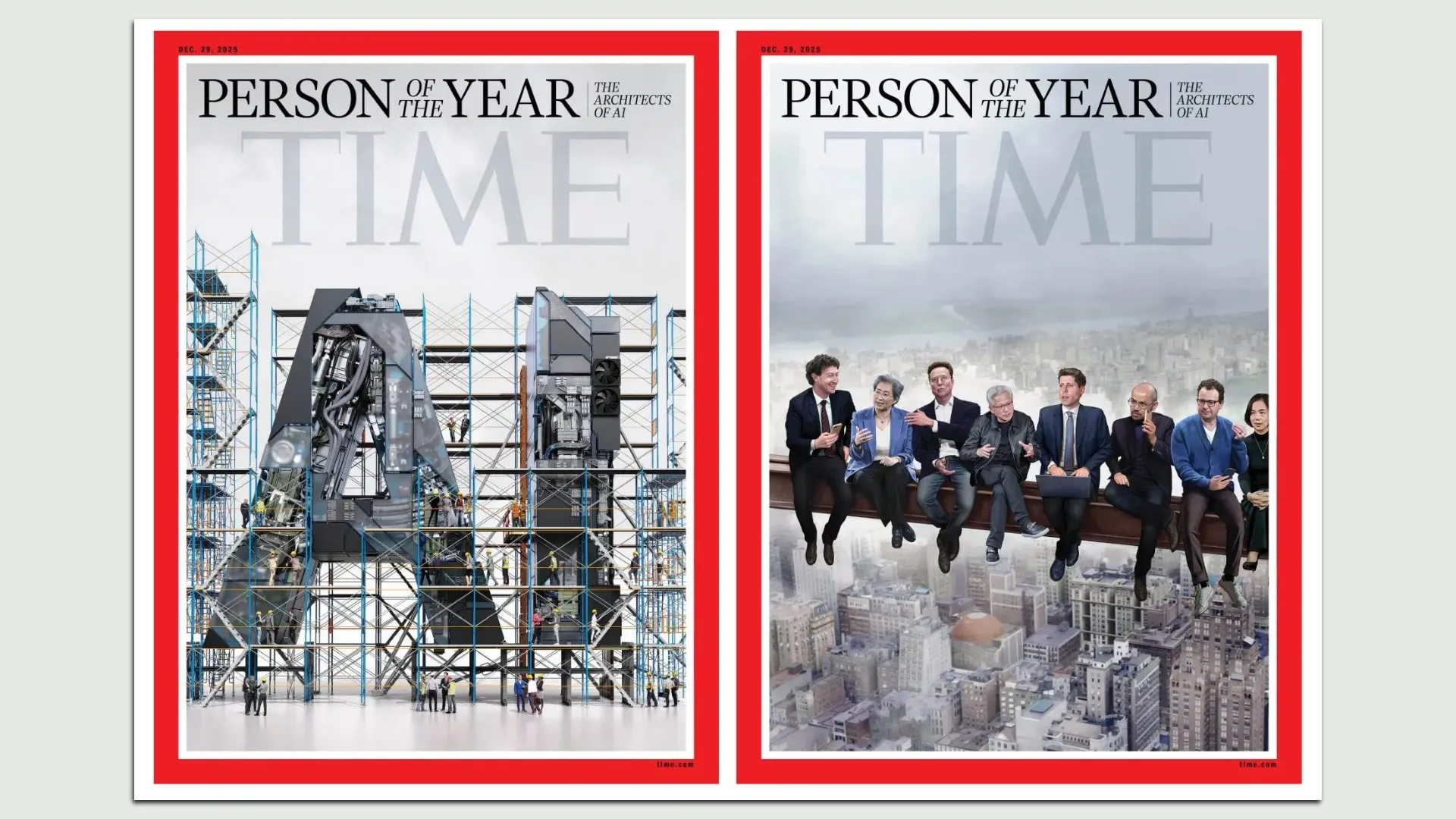
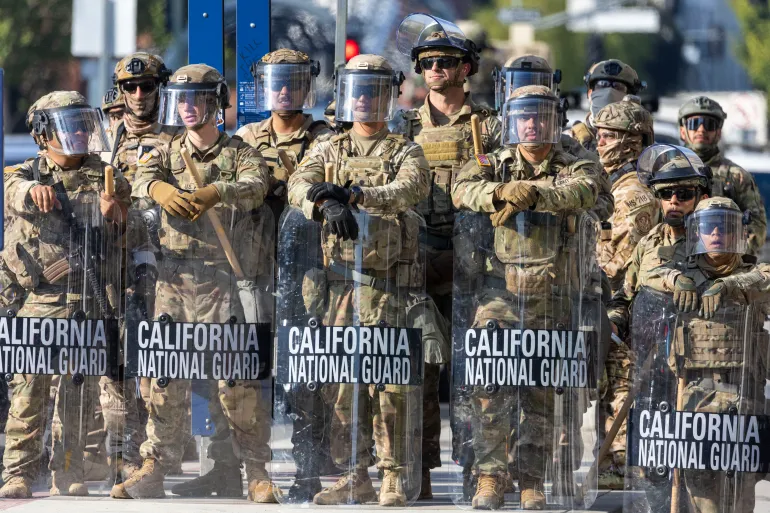
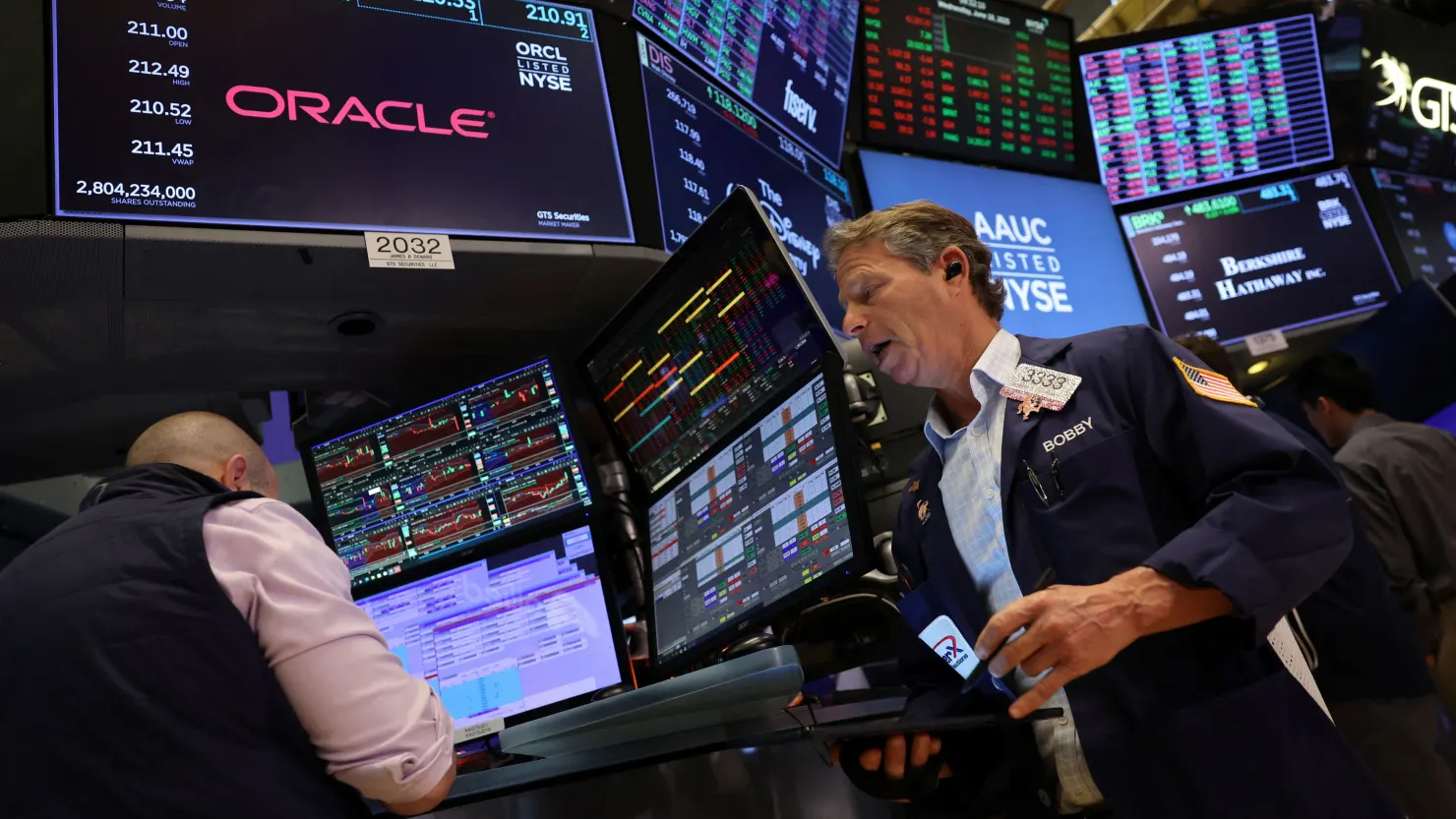
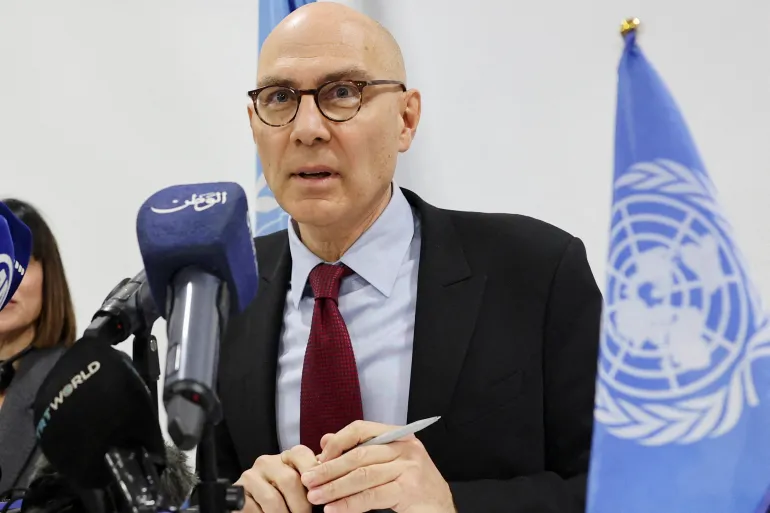

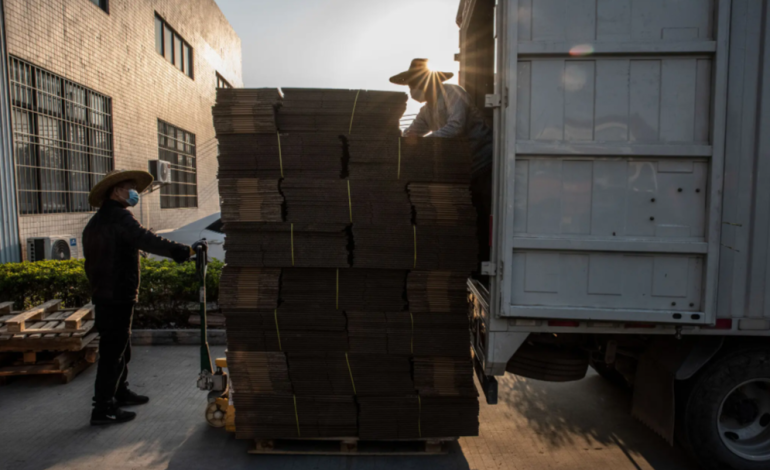



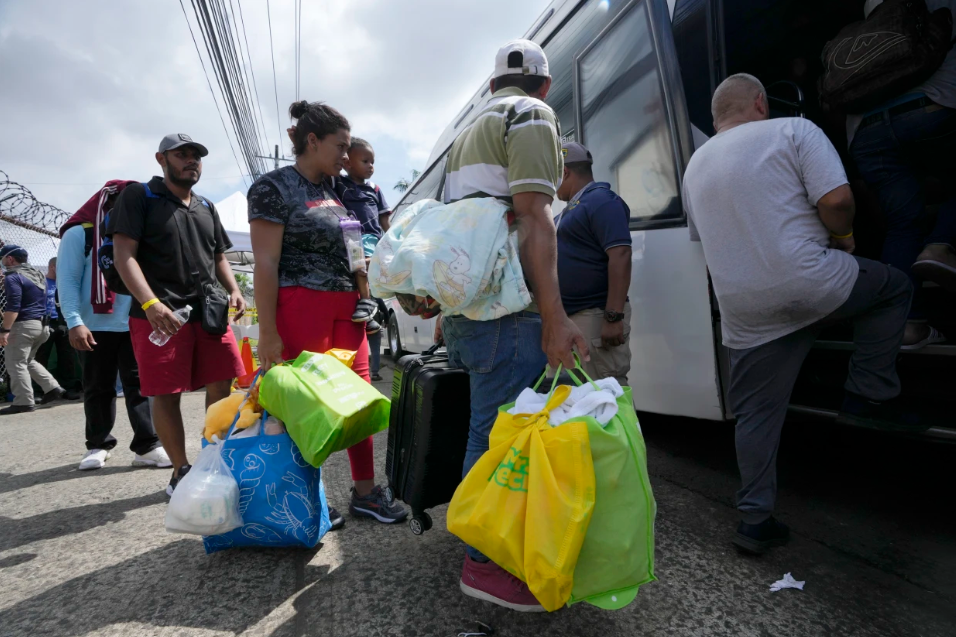
The latest news in your social feeds
Subscribe to our social media platforms to stay tuned